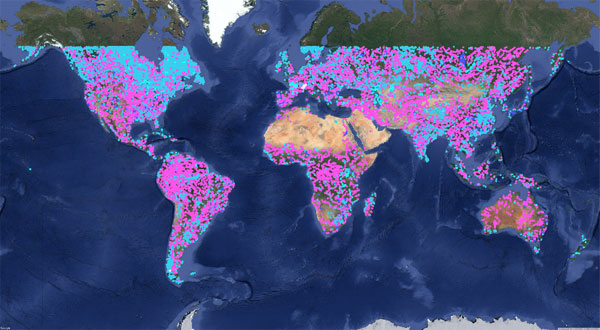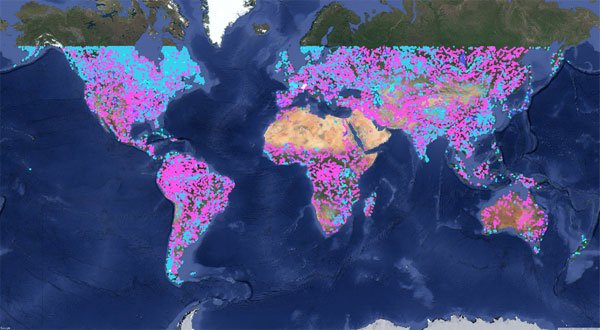While world-class scientists are meeting in the Azores to discuss how satellites have revealed changes in the height of the sea, ice, inland bodies of water and more, the Copernicus Sentinel-3 satellite has new reasons to shine.
Radar altimeters record the surface topography along the satellite's ground track. They precisely measure the height of water, land and ice by timing the interval between the transmission and reception of very short radar pulses.
This is the only technology that can measure, systematically and globally, changes in the height of the ocean - and is therefore essential for monitoring sea-level rise.
After a successful commissioning phase (flying 30 seconds apart in tandem with its twin Sentinel-3A), the Sentinel-3B satellite of the European Union's Copernicus Programme will be moved, in October, to its final orbit.
During this drift period, the altimeter will be uploaded with new Open-Loop Tracking Command (OLTC) tables, which are used to control the return echo acquisition phase of the altimeter by setting its reception window. This on-board process ensures recording reliable and quality measurements over inland waters.
These tables have been upgraded with more than 32,500 virtual stations defining lakes, reservoirs, rivers and even glaciers worldwide, as shown on the featured image.
This achievement was obtained by experts from LEGOS and the French Space Agency, CNES, combining the latest water masks and digital elevation models into a database of virtual stations, defined by elevation and size of water bodies overflown by Sentinel-3B.
This OLTC tables upgrade will expand in an unprecedented way altimetry over inland waters.
Sophie Le Gac, in charge of OLTC activities at CNES, comments, "This upgrade of Sentinel-3's altimeter OLTC tables will benefit scientists, agencies and companies monitoring water levels of lakes, reservoirs and rivers worldwide. The reason being that by performing such an upgrade we are using the altimeter's capacity at its best over continental surfaces, in order to satisfy the needs of the users for reliable measurements of water levels from space."
Furthermore, ESA has developed a web interface dedicated to users wishing to view and contribute to the database of inland water targets observed by the Sentinel-3 altimeters. Users are encouraged to visit https://www.altimetry-hydro.eu to get familiar and contribute to the OLTC contents by adding water bodies (as well as desert, glacier bodies, etc.) overflown by the Sentinel-3 altimeters worldwide.
About the Sentinels
The Sentinels are a fleet of dedicated EU-owned satellites, designed to deliver the wealth of data and imagery that are central to Europe's Copernicus environmental programme.
In partnership with EU Member States, the European Commission leads and coordinates this programme, to improve the management of the environment, safeguarding lives every day. ESA is in charge of the space component, responsible for developing the family of Copernicus Sentinel satellites and ensuring the flow of data for the Copernicus services, while the operations of the Sentinels have been entrusted to ESA and EUMETSAT.

